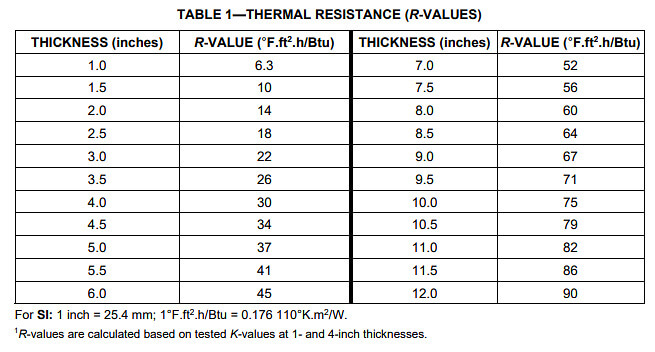- The greater Denver area from Ft. Collins to Castle Rock
Sealing foam insulation increases house energy efficiency. The decision between choosing closed-cell and open-cell foam is challenging. The choice relies on budget, climate, and project needs since foam insulation forms have different properties and uses. But the problem is people still look confused about what is closed cell foam. Well, if you have no idea about this or are confused about which one you should go for and which one you should utilize in your house, then this blog will help you figure out what you need to install in your house. Open cell foam or closed cell spray foam insulation, find out what’s better to use. So read this blog and explore the comparison between these two and learn what will be your choice and why!
Let’s find out! Why you should consider spray foam for your home.

While comparing it to closed cell spray foam insulation, open-cell foam insulation is a lightweight material with interconnected cells that allow air and moisture permeability. It is flexible, cost-effective, and suitable for interior applications, providing sound absorption properties.
Remember that each job is different and to make a good choice, you need to consider many things. A good insulation choice will involve working with pros, fully knowing the needs of your project, and thinking about the long-term effects. So, if you choose open-cell or closed cell spray foam insulation, choose Advance Insulation Solution as your partner.

Copyright © 2024 | Advanced Insulation Solutions